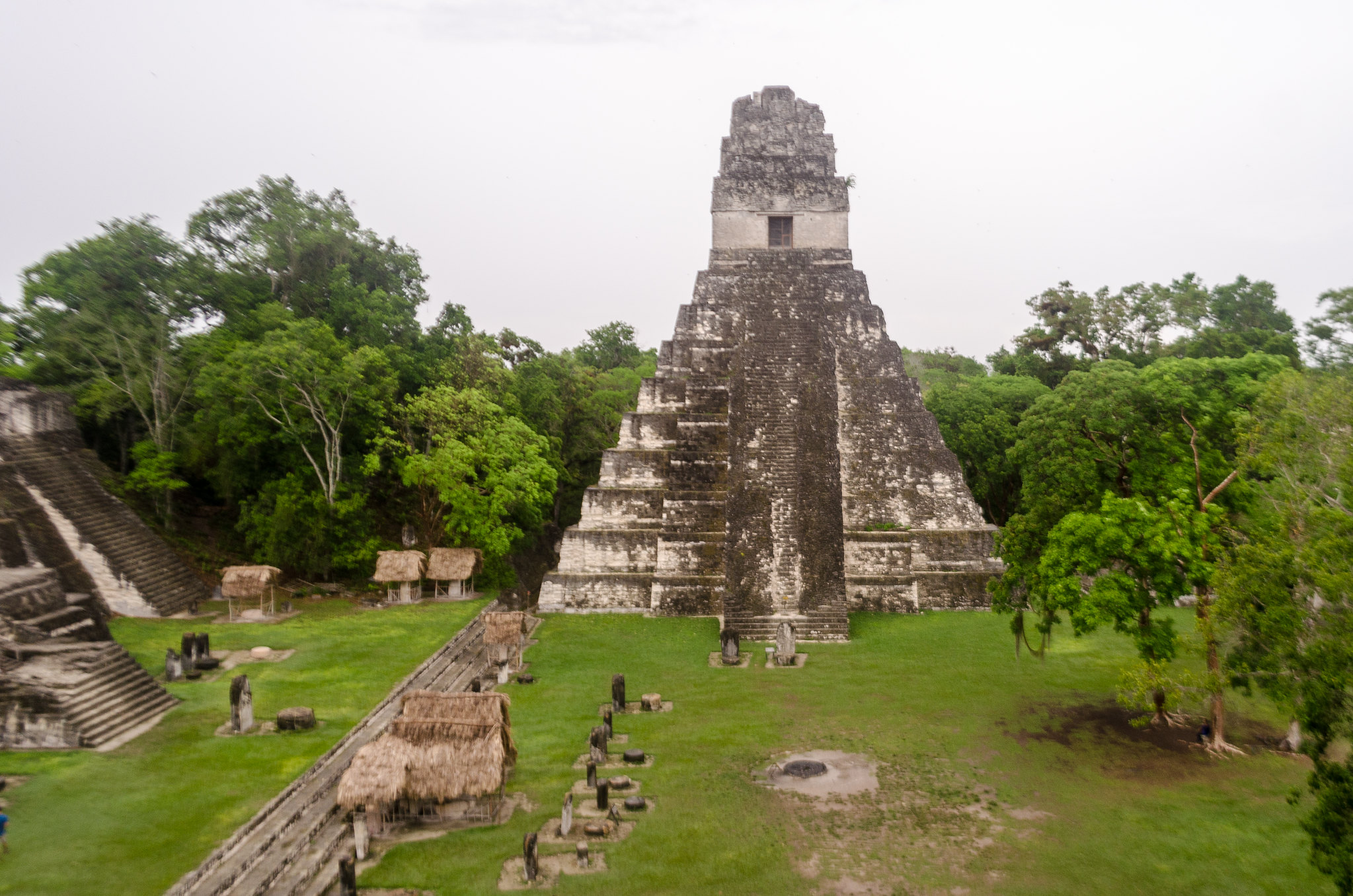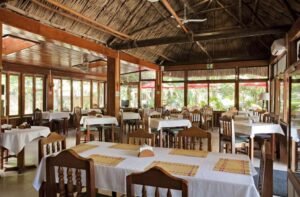Tikal Mayan Ruins, Guatemala: A Journey Through Ancient Civilization
Introduction
Deep within the rainforests of northern Guatemala lies the ancient city of Tikal, one of the most important and awe-inspiring ruins of the Mayan civilization. As a UNESCO World Heritage Site,
Tikal is not only a historical treasure but also a living testament to the strength and ingenuity of the Mayan people. If you’re interested in ancient history, architecture, or adventure, a trip to Tikal is a trip back in time, offering an unforgettable glimpse into the past.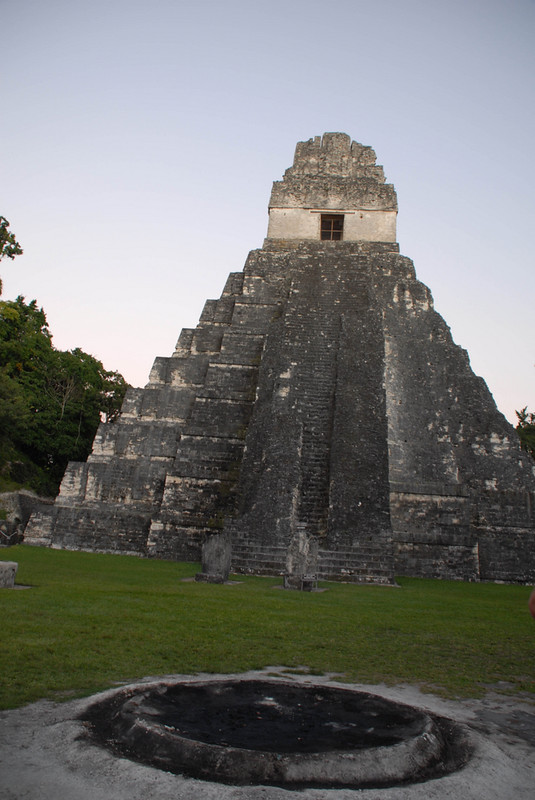
The Significance of Tikal in the Mayan Civilization
Tikal was one of the most powerful city-states during the height of the Mayan Empire. Between 200 and 900 AD, the city flourished, and became a dominant political, economic and military power in the region. Its large temples, pyramids and plazas reflect the city’s grandeur and importance in the Maya world.
Discovery of the Ruins in Guatemala
Although Tikal was abandoned around the 10th century, the dense Guatemalan jungle hid its existence until it was rediscovered in the 19th century. Since then, Tikal has fascinated archaeologists and historians alike, providing valuable insight into Maya culture and history.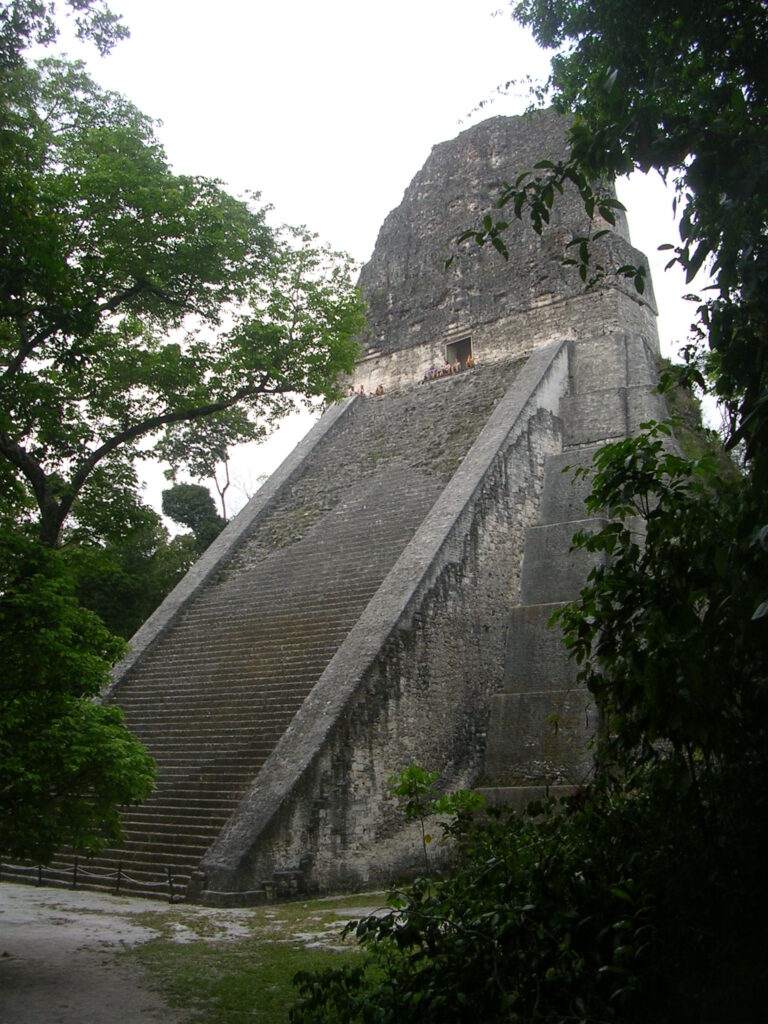
Why Tikal is a UNESCO World Heritage Site
Tikal received UNESCO recognition for its outstanding cultural and natural importance. The ruins not only reflect a great civilization but are also set within a rich and diverse ecosystem, making it a place where history and nature meet.
History of Tikal
The Rise and Fall of Tikal
The history of Tikal is marked by periods of both prosperity and decline. At its peak, Tikal was home to tens of thousands of people, boasting modern architecture and a complex social structure. The city’s strategic location and its role in regional trade contributed to its growth and influence.
Tikal’s Influence in the Classical Period
Tikal was at the height of its power during the Classical period (250 to 900 AD). The city-state formed alliances, conquered nearby territories, and engaged in diplomatic and military efforts that consolidated its dominance in the Maya world.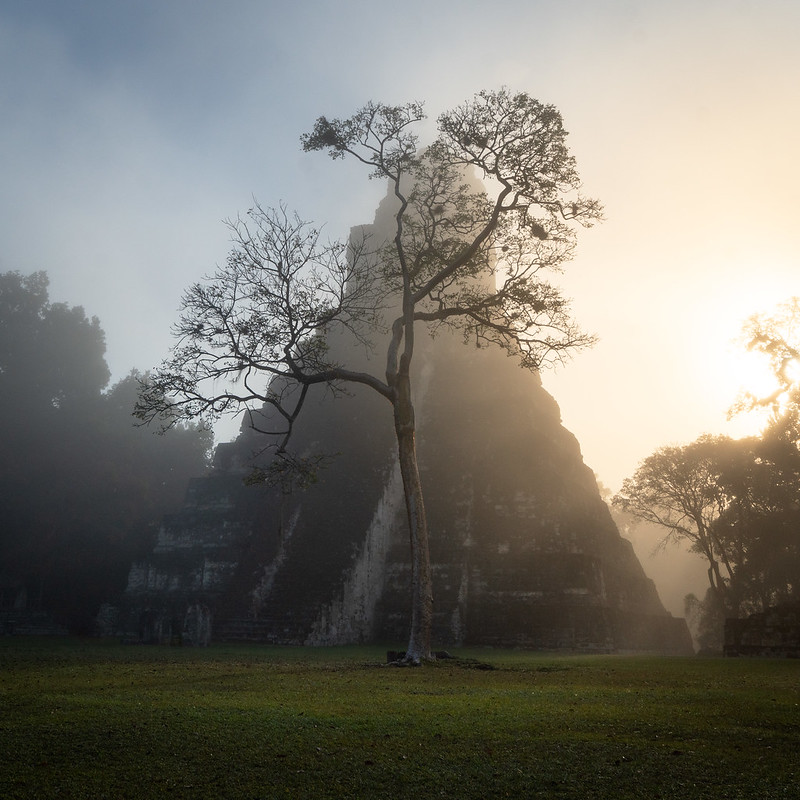
The Collapse of the City
Like many Maya cities, Tikal eventually succumbed to political instability, overpopulation, and environmental pressures. By the 10th century, the once mighty city was abandoned, leaving behind towering temples and empty plazas, shrouded in mystery.
Archaeological Discoveries and Excavations
Excavations at Tikal began in the mid-20th century, and since then, many of its most important structures have been uncovered and restored. Archaeologists continue to study the site, discovering more about the Maya civilization with each excavation.
Exploring the Tikal Mayan Ruins
The Grand Plaza
The Grand Plaza is the heart of Tikal, a wide open space lined with temples and palaces. This area was once the center of political and ceremonial life of the city.
Temple I (Temple of the Great Jaguar)
Standing at 47 meters high, Temple I is one of the most famous structures in Tikal. Built in the 8th century as the mausoleum of King Jasaw Chan K’awiil it overlooks the grand plaza with an imposing presence.
Temple II (Temple of Masks)
Directly opposite Temple I is Temple II, also known as the Temple of Masks. It is slightly smaller but equally impressive, offering breathtaking views of the surrounding forest.
Acropolis Complex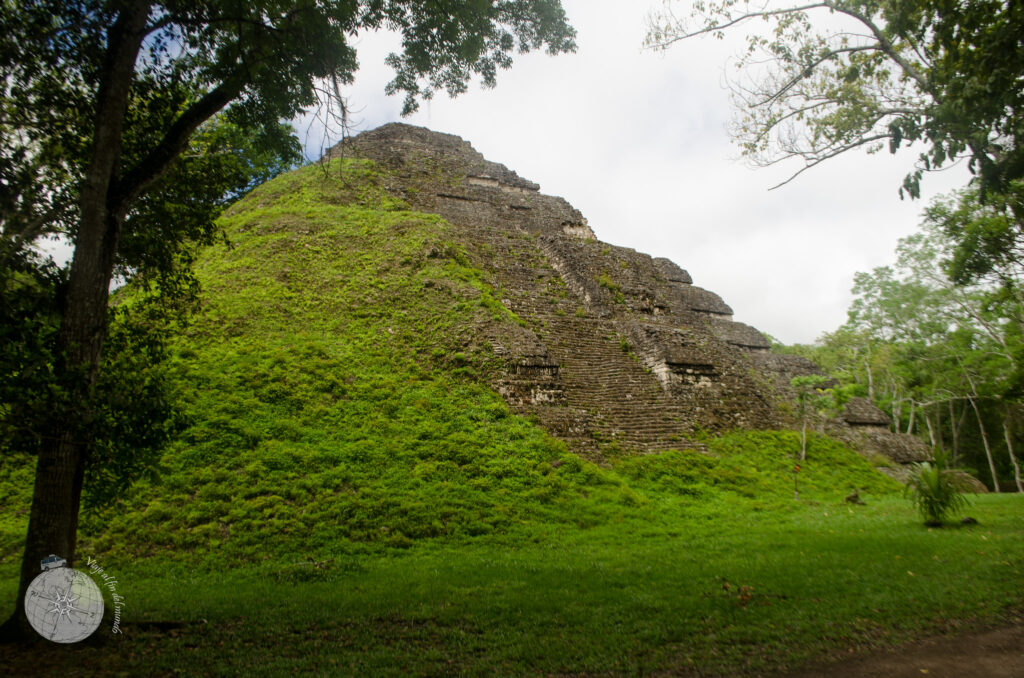
Tikal’s Acropolis Complex is divided into two main areas: the North Acropolis and the Central Acropolis.
North Acropolis
The North Acropolis was primarily used as a burial ground for the Tikal elite, with numerous tombs and small temples in the area.
Central Acropolis
The central acropolis served as a residential and administrative center, where the Tikal nobility resided. It is a maze of rooms, courtyards and corridors that hint at the complex social organization of the city.
Lost World Pyramid (Mundo Perdido)
The Lost World Pyramid is one of Tikal’s oldest structures, dating back to the Preclassic period. The pyramid was used for astronomical observations and is part of a larger complex that played an important role in Tikal’s ceremonial life.
Residential Areas and Smaller Structures
Besides the large temples, Tikal has smaller structures that once served as residences for the city’s population. These areas offer a glimpse into the daily life of the residents of Tikal.
Flora and Fauna Surrounding Tikal
The Biodiversity of Tikal National Park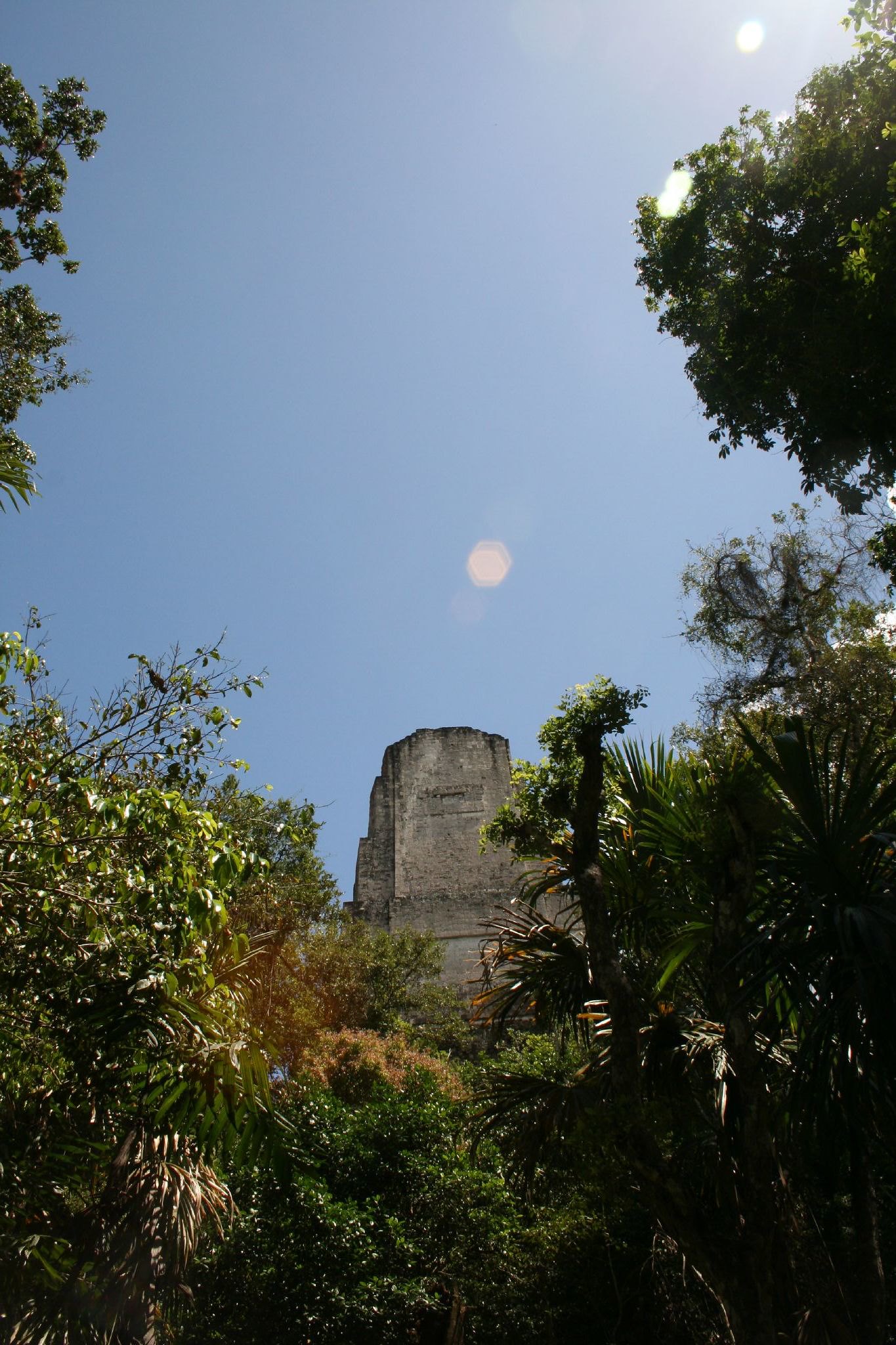
Tikal is located in the heart of Tikal National Park, a lush rainforest teeming with life. The park is home to an amazing array of flora and fauna, making it a haven for nature lovers.
Wildlife Spotting: Monkeys, Jaguars, and Birds
While exploring the ruins, visitors often encounter monkeys swinging in the trees, brightly colored birds flying overhead, and occasionally, jaguars.
Tikal’s Strategic Location
Position of the city in Patton region
Tikal is located in the Paten region of northern Guatemala, an area known for its dense forests and proximity to important trade routes that connected it to other Maya cities.
The Role of Trade Routes in Tikal’s Growth
Tikal’s access to trade routes contributed to his rise to power. Goods such as jade, obsidian, and cocoa flowed through the city, contributing to its wealth and influence.
How to Get to Tikal
Travel Options from Guatemala City
Tikal is accessible by road and air from Guatemala City. The most popular option is to fly to Flores and then take a bus or shuttle to the ruins. Alternatively, adventurous travelers can opt for a longer drive through the Guatemalan countryside.
Guided Tour vs. Independent Exploration
Visitors can explore Tikal on their own or join a guided tour. While independent exploration offers flexibility, guided tours provide valuable historical context and insight into the ruins.
The Best Time to Visit Tikal
Dry season vs wet season
The best time to visit Tikal is during the dry season (November to April), when the weather is more predictable. During the wet season it can rain heavily, but the ruins are less crowded then.
What to expect at different times of the year.
Every season offers a different experience. The dry season is perfect for exploring, while the wet season brings out the lush greenery of the surrounding forest, making the place even more magical.
Tikal Mayan Ruins Map
Key Areas Marked on the Map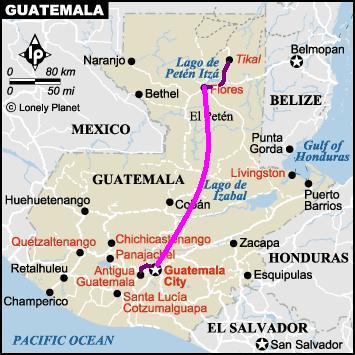
When visiting Tikal, a map is essential to navigate the vast site. Important places like the Grand Plaza Temple I, Temple II, and the Lost World Pyramid are clearly marked on most visitor maps. This will help you plan your route and ensure that you don’t miss any of the key structures during your visit.
How to navigate the ruins
Navigating Tikal can feel like stepping into a maze, but with a detailed map and proper planning, you’ll find it manageable. Most visitors start at the central plaza and explore outwards. As the ruins cover a wide area, it is important to wear comfortable walking shoes and carry plenty of water. The routes are well marked, and guides are available if you prefer a more structured exploration.
Where to Stay in Tikal
Conclusion:
Tikal is not just an archaeological site. It is a living connection to an ancient world that continues to fascinate people all over the world. From its towering pyramids and intricate acropolis to the rich biodiversity surrounding the ruins, Takkal offers a unique blend of history and nature. Whether you’re a history buff, a nature lover, or just an adventure seeker, Tikal is a place that promises an unforgettable experience.
By visiting Tikal, you are not only witnessing the architectural and cultural legacy of the Mayan civilization, but also contributing to the preservation of one of the world’s most important historical sites. So, if you’re planning a trip to Guatemala, be sure to make time for this ancient wonder — Tikal will blow your mind.

